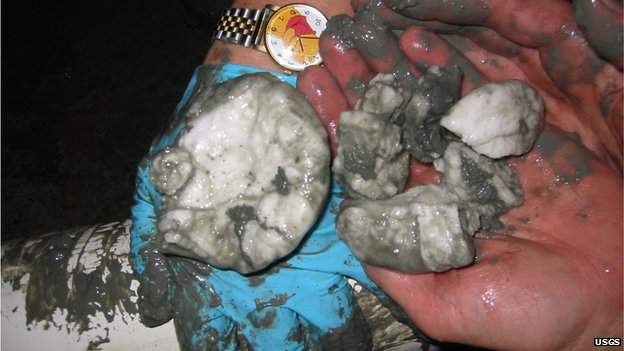...from sea floor.
The paper found that the vents, which are at depths from 800 to 2,000 feet, have a sprawling swath. They reach hundreds of miles from Cape Hatteras, N.C., to the Georges Bank southeast of Nantucket, Mass. “Widespread seepage hadn’t been expected,” the paper said.
The finding raises a number of questions. First on the list: Are there a lot more? The paper says the discovery suggests “tens of thousands” of similar vents could pockmark the ocean floor, emitting vast quantities of methane gas. He told the BBC that their number could be as high as 30,000.
If true, that would mean there is a significant — and heretofore unknown — addition to global carbon admissions, throwing previous estimates into question. “Such seeps would represent a source of global seabed methane emissions that have not been fully accounted for in previous carbon budgets,” the paper stated.
8216 Widespread methane leakage 8217 coming from hundreds of vents off East Coast ocean floor - The Washington Post
The finding raises a number of questions. First on the list: Are there a lot more? The paper says the discovery suggests “tens of thousands” of similar vents could pockmark the ocean floor, emitting vast quantities of methane gas. He told the BBC that their number could be as high as 30,000.
If true, that would mean there is a significant — and heretofore unknown — addition to global carbon admissions, throwing previous estimates into question. “Such seeps would represent a source of global seabed methane emissions that have not been fully accounted for in previous carbon budgets,” the paper stated.
8216 Widespread methane leakage 8217 coming from hundreds of vents off East Coast ocean floor - The Washington Post

